Last year, we got not one, but two big Pokémon games in Pokémon Legends: Arceus and Pokémon Scarlet and Violet. It was a big year for the franchise, and despite some technical troubles, it feels like the series is truly evolving in some significant ways. As such, what better time to revisit our rankings of the best Pokémon games than right now when we can throw two big, new games into the mix? Here’s our ranking of the mainline Pokémon RPGs, within which I’m sure you will find nothing objectionable.
Pokémon Brilliant Diamond and Shining Pearl
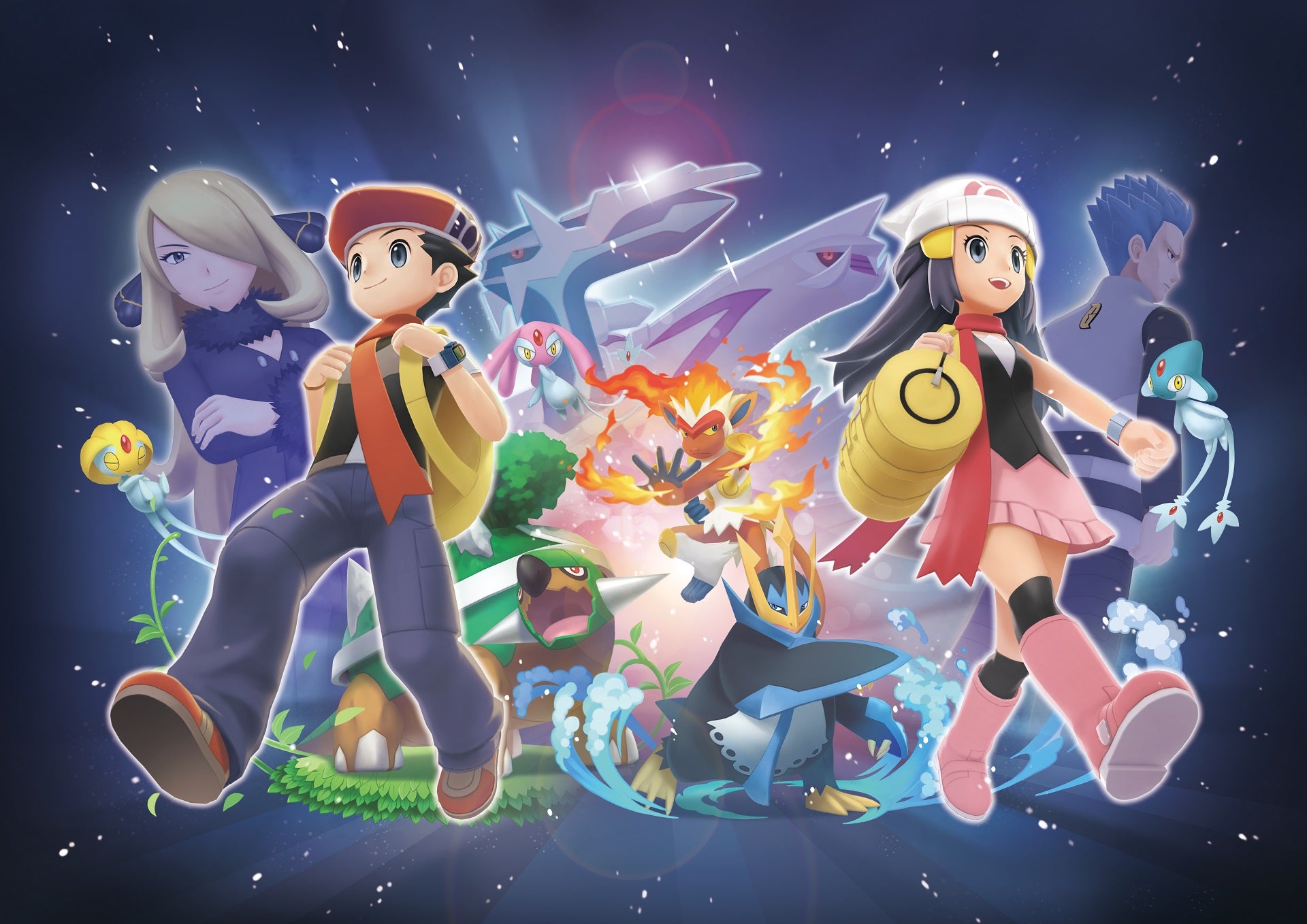
As remakes of the 2006 DS games, Brilliant Diamond and Shining Pearl are pretty faithful to the source material. But that same faithfulness holds it back from reaching the potential of a more radical update. These games are colourful, nostalgic, and have a handful of modern quality of life changes that make them at least more approachable than the original games, but they ultimately end up feeling like a missed opportunity to make a more robust update to two great Pokémon titles. This isn’t helped by it being the first of a handful of Pokémon games marred by technical issues not found in the originals. They’re fine! But that’s all they are.
Pokémon X and Y
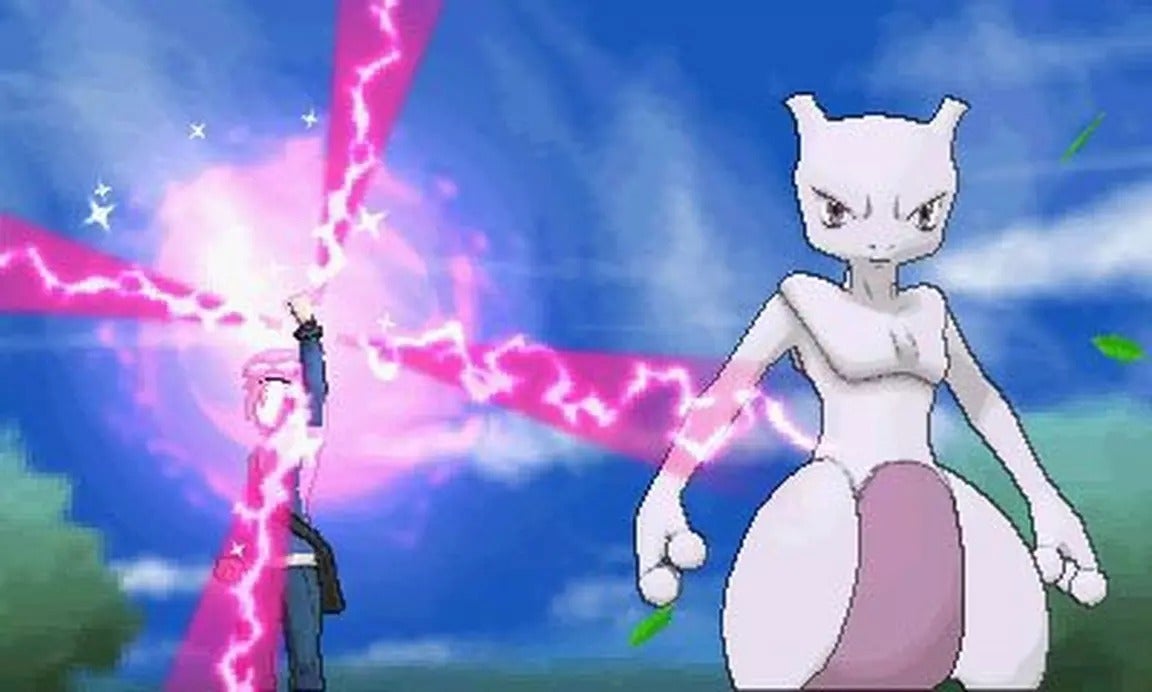
If nothing else, Pokémon X and Y deserve props for introducing the series’ best generational gameplay gimmick in Mega Evolution, and for finally giving a reliable counter to dragon Pokémon by introducing the fairy type. As the mainline games’ first foray into the 3D space, X and Y are a fulcrum point for the franchise, but they’re also filled with a fair bit of quirks that have knocked them down many Pokémon player’s rankings over the years. Its story, held up by a series’ worst evil team in Team Flare, is messy and introduces some pretty wild elements to the universe, including an old man persisting for thousands of years to find his Floette.
But despite those potentially interesting threads, it never feels like it quite lives up to the promise. Maybe one day we’ll get a Pokémon Legends game set in the Kalos region that will expand upon these ideas, but for now, X and Y is a pretty significant moment in the series, but one that is often viewed as a breaking point for its usual formula. Fortunately, the generations that followed were more experimental with the structures of a Pokémon game.
Pokémon Red, Blue, Green, and Yellow
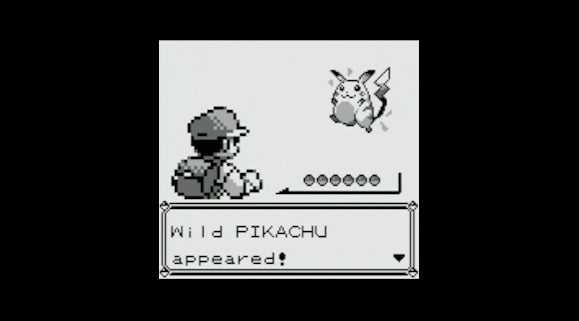
As much as the genwunners might hate to hear it, the original Pokémon games are rough to go back to in light of over two decades of iteration. Pokémon Red, Blue, Green, and Yellow are the blueprint for one of the biggest multimedia franchises on the planet, and a lot of us have childhood memories that centre around those Game Boy cartridges. But having replayed Yellow recently on my 3DS, it’s jarring when quality of life staples are missing (like a run button) and old annoyances like HMs are still so prevalent. It’s still refreshing to go back to basics: there are 800 fewer Pokémon, the competitive scene isn’t this lavish, meta-driven affair, and Team Rocket just wants to steal people’s Pokémon for profit instead of recreating an entire universe to their liking. It was a simpler time, but things have clearly improved from a game design standpoint since. We’ll always love you, Gen I, but there are better ways to experience you, and we’ll be ranking them higher on this list.
Pokémon Sun and Moon / Pokémon Ultra Sun and Ultra Moon
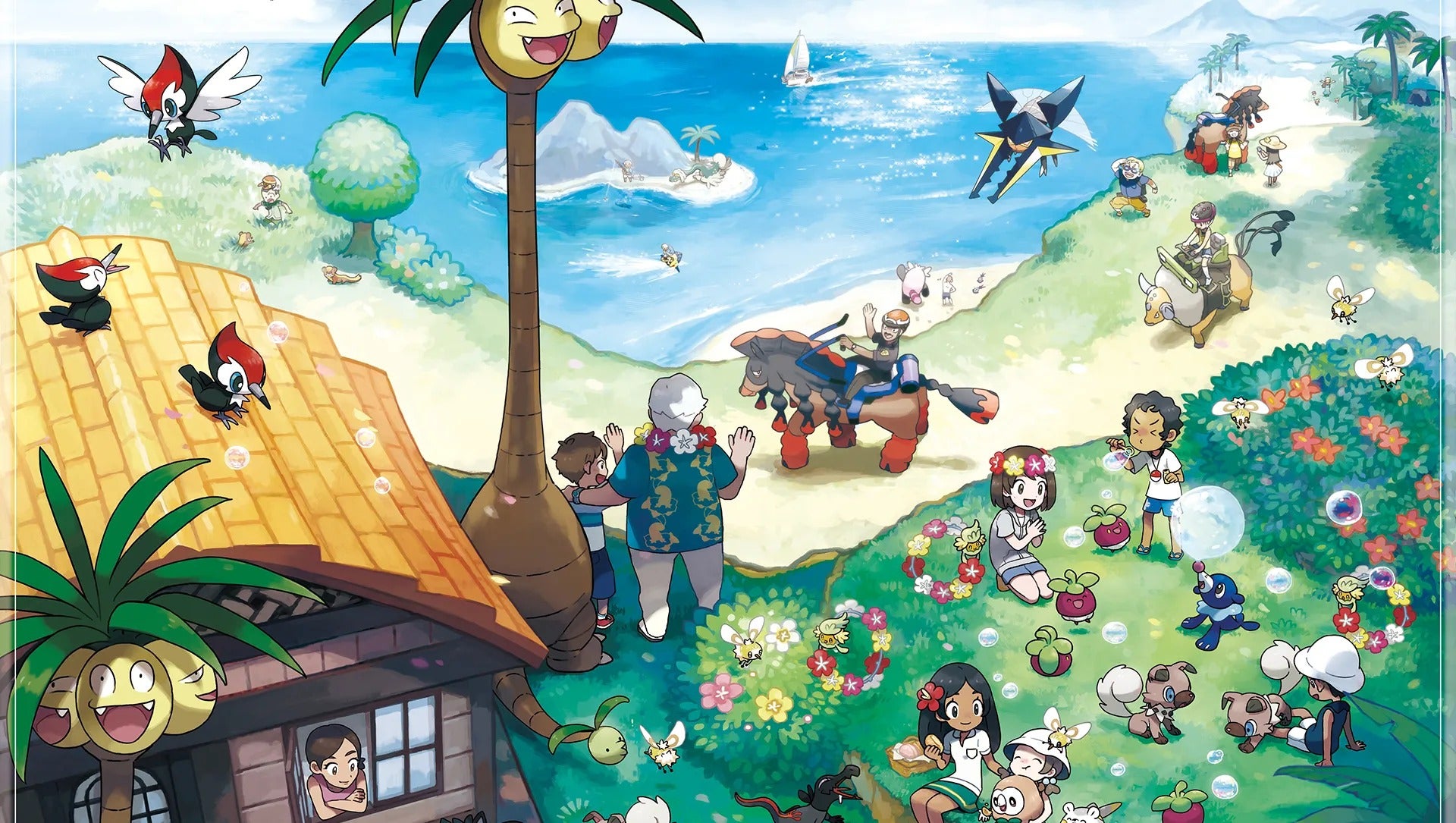
While X and Y brought the best gameplay gimmick, Sun and Moon bring probably the least memorable one with Z-Moves. Other mechanical twists like Mega Evolution and Gigantamaxing have the benefit of form changes and battle-long impact, whereas Z-Moves haven’t had the same impact on the community because they’re just more powerful moves you get to use once, then they’re over. But while Sun and Moon’s battle mechanics aren’t quite as flashy as other games on this list, the tropical region of Alola is fascinating in its distinct culture, shift in format away from the typical eight gym battles, and introduction to new concepts like regional variants.
These new takes on old ‘mons illustrate how real world phenomena like speciation can occur in distinct regions, and Alolan’s Hawaii-inspired setting is a great place to debut the concept and add new layers to the franchise moving forward. Ultra Sun and Ultra Moon iterate on the original games’ systems, and add new content to further the story of the Ultra Beasts, but even to this day it can be confusing to decide which one you should actually play and what the benefits are to playing either (or both). Alola was a great era of experimentation in Pokémon, and its strides have helped inform further shifts from old formulas and form distinct regions and culture within the universe.
Pokémon Omega Ruby and Alpha Sapphire
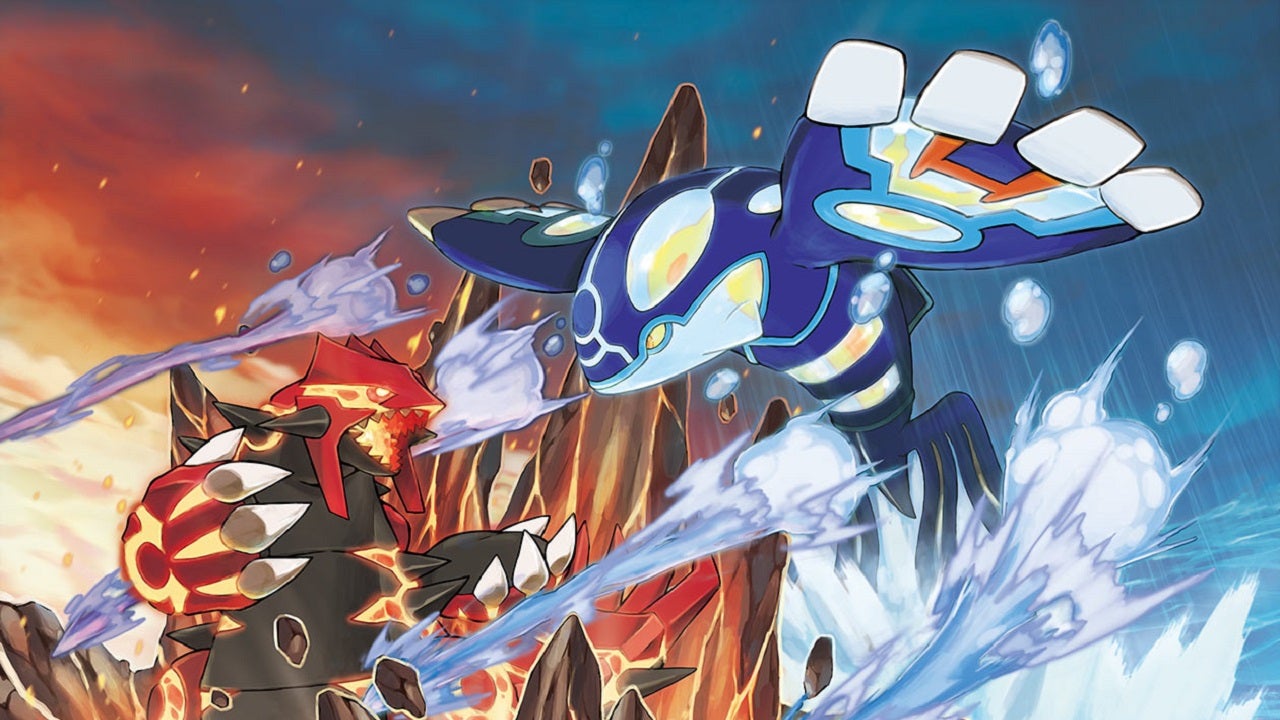
Omega Ruby and Alpha Sapphire are more along the lines of what people likely wanted out of the Diamond and Pearl remakes. These are beefy reimaginings that riff on the original Ruby and Sapphire by making them feel decidedly modern. This includes the visual update that shifts over to 3D models and environments comparable to X and Y, implementing mechanics like Mega Evolution, and adding a pretty dense post-game storyline called the Delta Episode, which manages to add major players in the Hoenn like Rayquaza and Deoxys into the story in a meaningful way. Omega Ruby and Alpha Sapphire are solid revamps of already great games, and revisiting them now just makes Brilliant Diamond and Shining Pearl’s relative restraint sting all the more.
Pokémon Scarlet and Violet
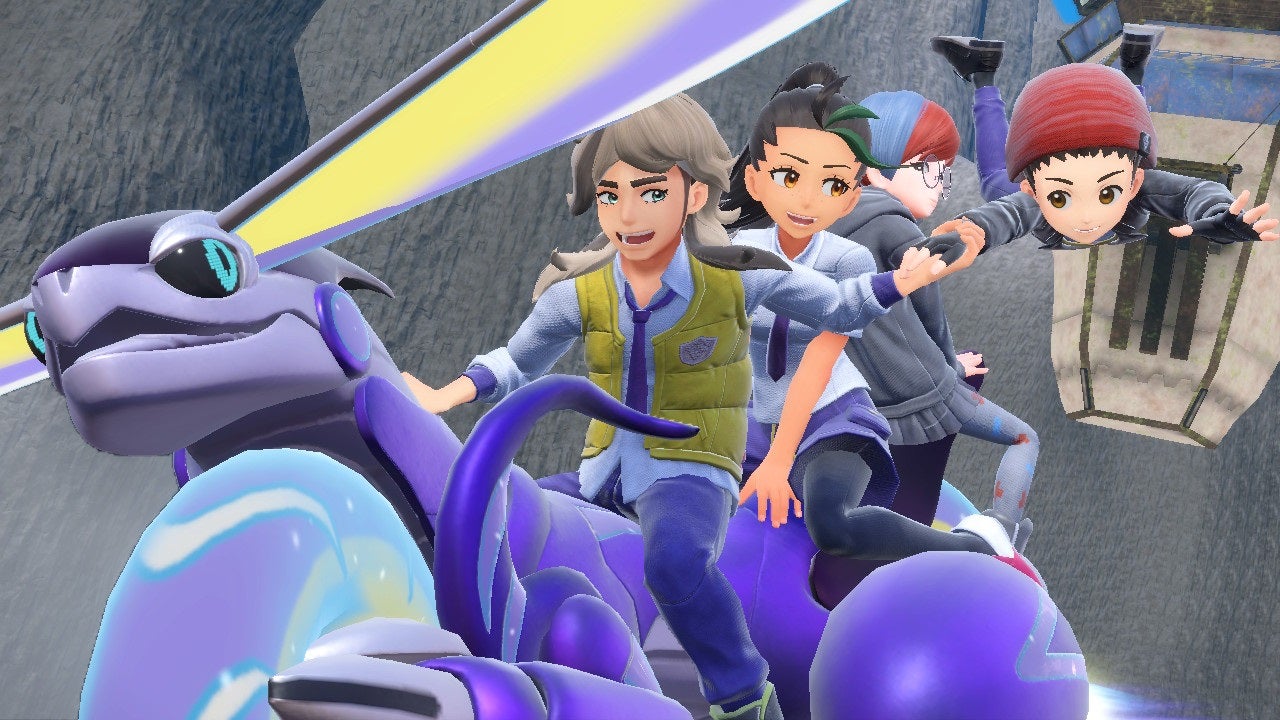
The main reason Scarlet and Violet aren’t higher on this list is that, as of this writing, these games are still pretty busted. As the first fully open-world entry in the series, they are some of the most ambitious Pokémon games in terms of design (though, I’d argue the ambition felt a bit reckless in some of its open-world feeling more arbitrary and lacking clarity), and their endgame is easily a highlight of the entire franchise. But man, they’re still buggy as hell, and central to conversations about the technical capabilities of the Switch, though other developers have made better-looking games sing on the hardware. Scarlet and Violet have so much incredible stuff going for them, like their series-best storytelling, seamless co-op, and, the thrill of freely exploring an entire Pokémon region (even if it’s rough around the edges). Hopefully the reaction to these technical problems can be a wake-up call for whatever comes next.
Pokémon Sword and Shield
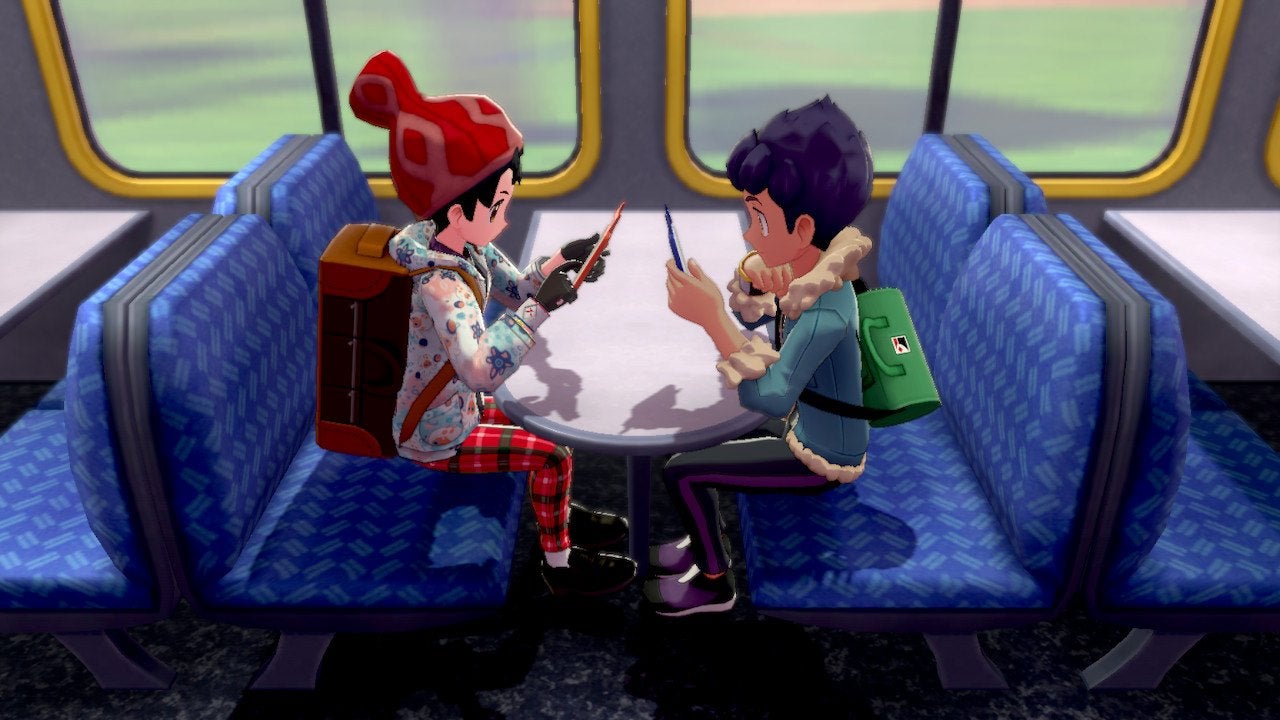
Sword and Shield are so mired in the National Dex controversy that it feels like it eclipses conversations about what the games actually are. And that’s a pretty solid pair of games that introduced modes and features that became standard in future titles. The Wild Area is a decent enough proof of concept for what would become the open areas of Pokémon Legends: Arceus and Scarlet and Violet, and they bring Pokémon Go’s raid battles to the mainline games, which became a staple for post-launch support. Gigantamaxing is a bit silly, but come on, Pokémon kaiju battles are pretty cool.
The A-plot is one of the series’ weakest, with its environmentalist themes getting wrapped up in some strange character motivations that fans are still reeling from, but it also provides some of the series’ most iconic new characters like Galar champion Leon, his 100% canonical boyfriend Raihan, and Nessa, who came to steal Misty’s throne as the water-training queen of the Pokémon world. Like Sun and Moon before them, Sword and Shield feel like hints at changing times for Pokémon, and while they don’t land every note, they aspire to new things, and helped pave the way for better games that followed. Oh, and the DLC whips. Peony is the GOAT.
Pokémon Black and White
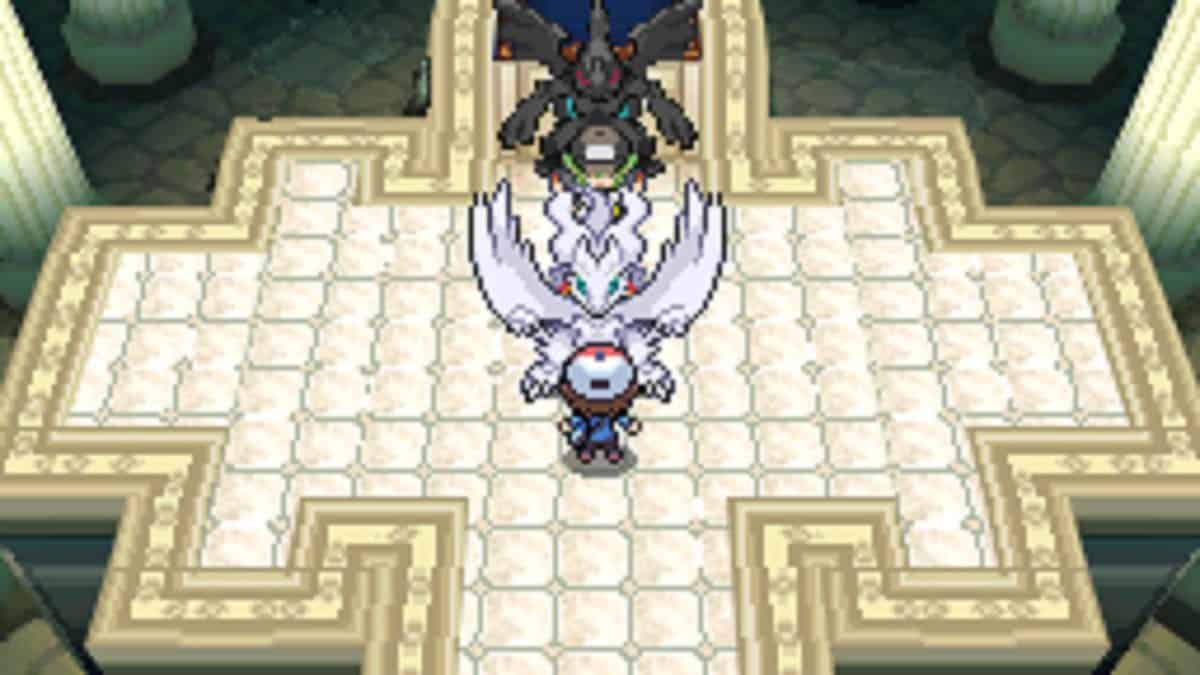
While Scarlet and Violet had some of the best writing in the series, Black and White are probably the Pokémon games most often recognised for their story. Similar to the recent Detective PIkachu movie, a lot of Black and White questions the ethics around the very basis of the franchise. Is it ok that humans use these critters for competitive sport? Should they be kept inside Pokéballs? Is humanity and Pokémon’s co-existence only beneficial to humans at the expense of Pokémon’s freedom? They grapple with these ideas and don’t quite reach a conclusion as revolutionary as the questions themselves, but they are more contemplative than the usual “power of friendship” status quo the series often rests on. They also take some bold choices in Pokémon selection, only allowing players to capture old favourites after they went the entire game using the new ones. Now, if only the Unova region’s Pokémon weren’t the worst.
Pokemon Let’s Go Pikachu and Let’s Go Eevee
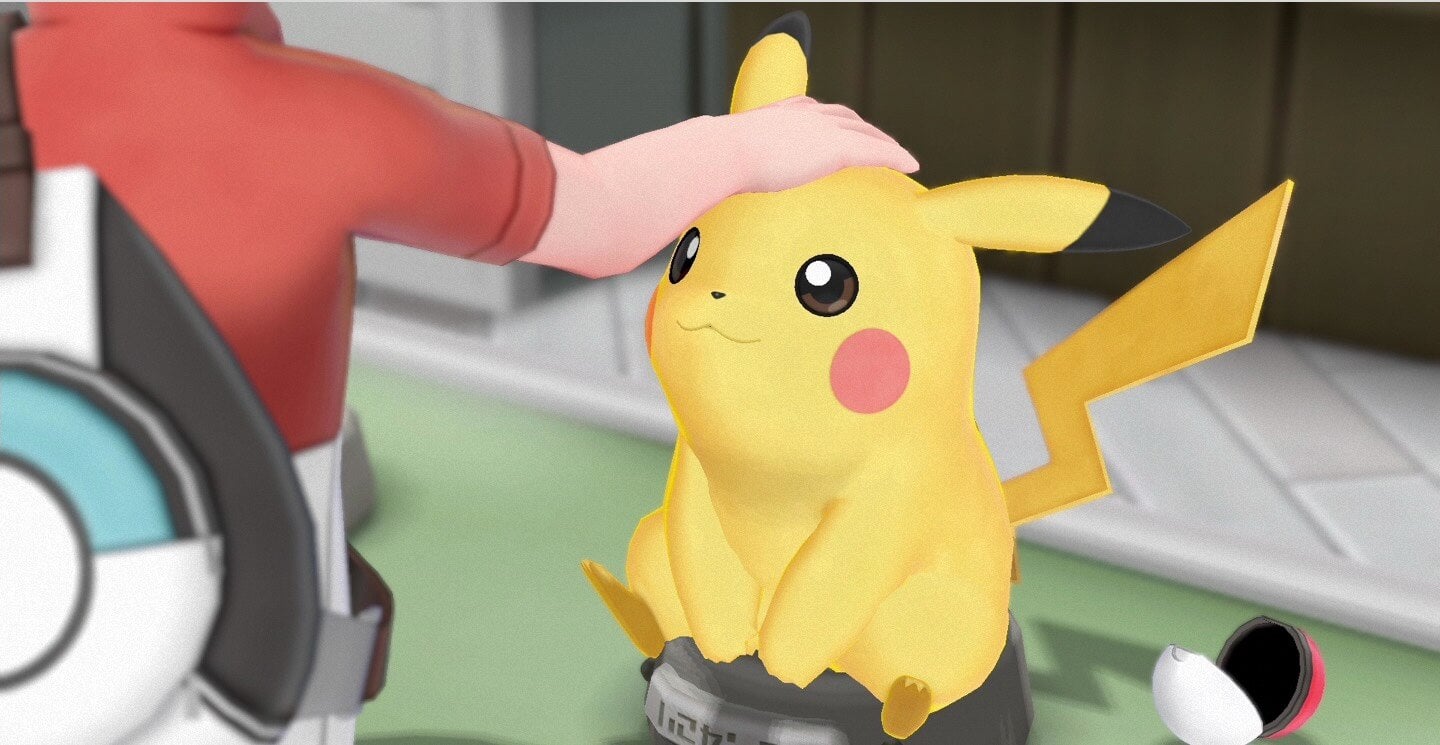
Pokémon Let’s Go Pikachu and Let’s Go Eevee seems to have just been a one-off experiment. On the surface, the remakes of Pokémon Yellow appear to be a Pokémon Go tie-in for your Switch. But their retooling of the series’ usual catching mechanics in favour of Pokemon Go-style motion controls makes a 20-year-old RPG feel fresh, and isa nice, focused detour before heading into Sword and Shield, which expands the lore and competitive scene. While going back to the original Gen I games will give you that same focused experience, the Let’s Go games are an inventive, modern take that let you dress up Pikachu and give him good pets. It rules.
Pokémon Ruby and Sapphire/Emerald
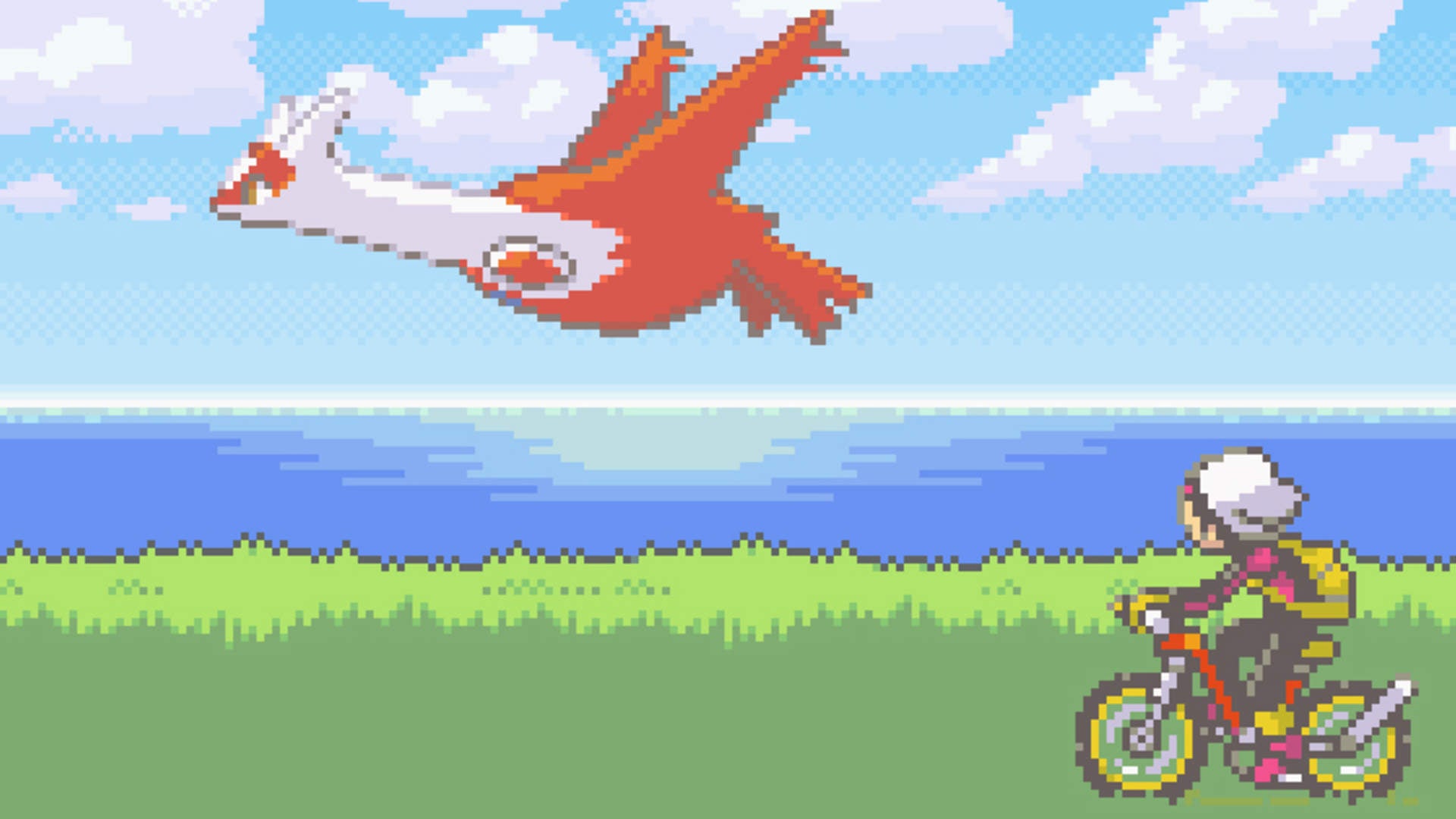
The original Ruby and Sapphire felt like such a huge leap from Gold and Silver as we made the transition from the Game Boy Colour to the Game Boy Advance — at the time, it felt as significant as the transition between those systems. To this day, the third, fourth, and fifth generations of Pokémon are probably still the most timeless in terms of Game Freak’s sprite work and art direction. The transition to 3D hasn’t been kind to Pokémon across the board, and looking back at games like Ruby and Sapphire, it’s hard not to wonder what more recent entries would’ve looked like had the series not made the shift to 3D. But Ruby and Sapphire also have a really strong generation of new Pokémon, introduce the double battles that would go on to be the basis of competitive play 20 years on, and start to hint at an ever-expanding universe that future games would go on to fill in.
Pokémon Gold and Silver/Crystal
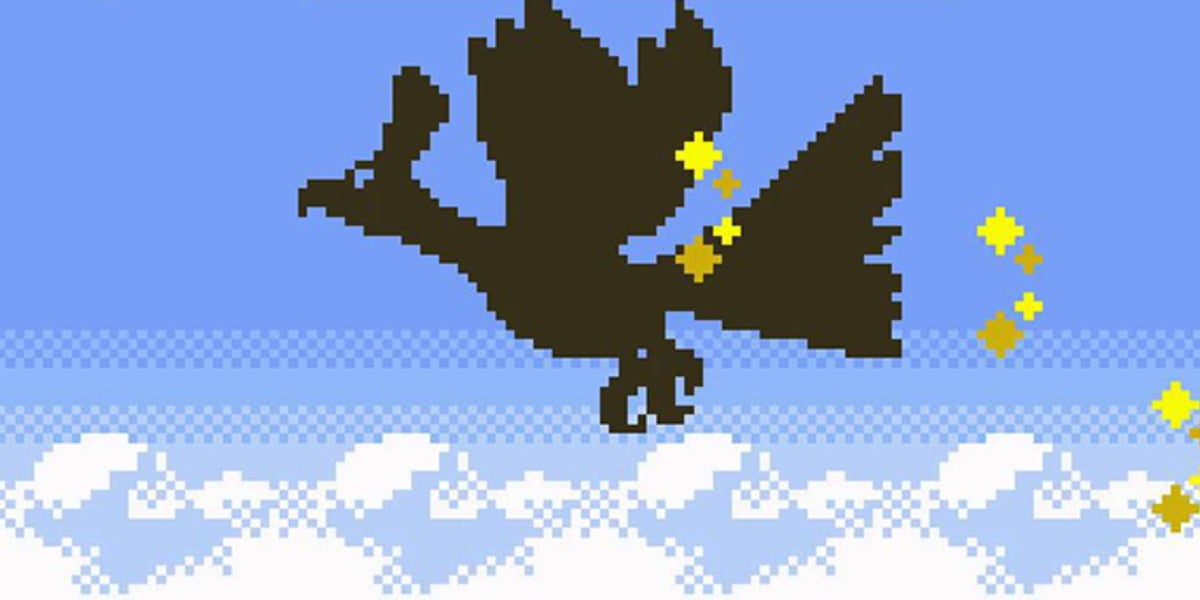
Gold and Silver set the bar for Pokémon post-games that a majority of these titles haven’t even dared to touch. The second generation games introduce a hundred new Pokémon, new typings, and a brand new region to explore in Johto. Then, after the credits roll, the entirety of the previous games’ map opens up, and you have basically a second game waiting for you. All of this culminates in a final battle that still remains legendary in the Pokémon community…then Game Freak just never did it again. It’s not like that would be an easy undertaking, but it set an expectation the company never again attempted to meet. These days, the original Gold and Silver fall short in the way most old games do, with new iterations and improvements making them feel decidedly dated and less fun to play. But its ambition, especially for its time, can’t be overstated.
Pokémon Black 2 and White 2
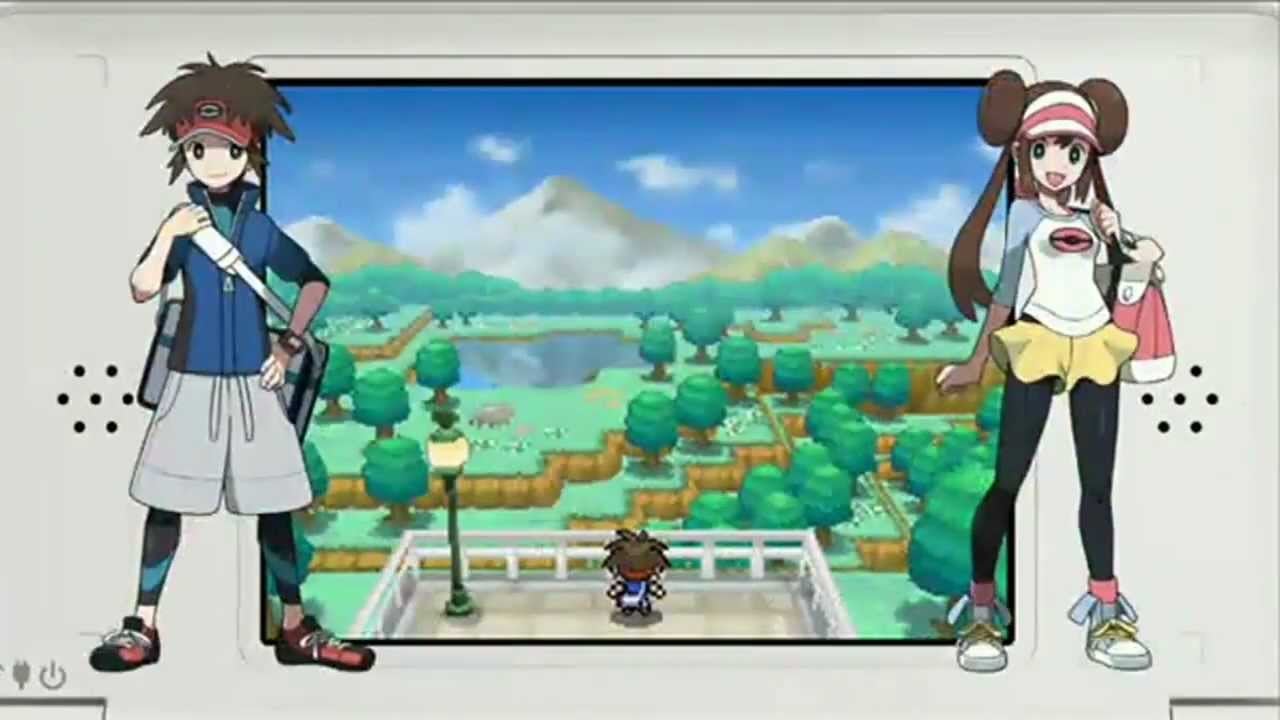
As previously established, Unova is not my favourite region and Black and White aren’t my favourite Pokémon games. So, when Game Freak announced it was making its first (and, as of this writing, only) direct sequel, I wasn’t particularly enticed by Black 2 and White 2. However, while they’re often iterative of their predecessors, these games are widely considered some of the most robust and feature-complete games in the franchise. Taking a second trip back to Unova is rewarding to learn more about this side of the Pokémon universe, but it also is probably the last pure Pokémon experience before things like Mega Evolution and Terastalyzing started to alter how battles would play out both in the main game and in the competitive meta. It’s just a really solid Pokémon experience, and, for a lot of people, feels like the last bastion for a type of Pokémon game that might not exist anymore.
Pokémon Diamond and Pearl/Platinum
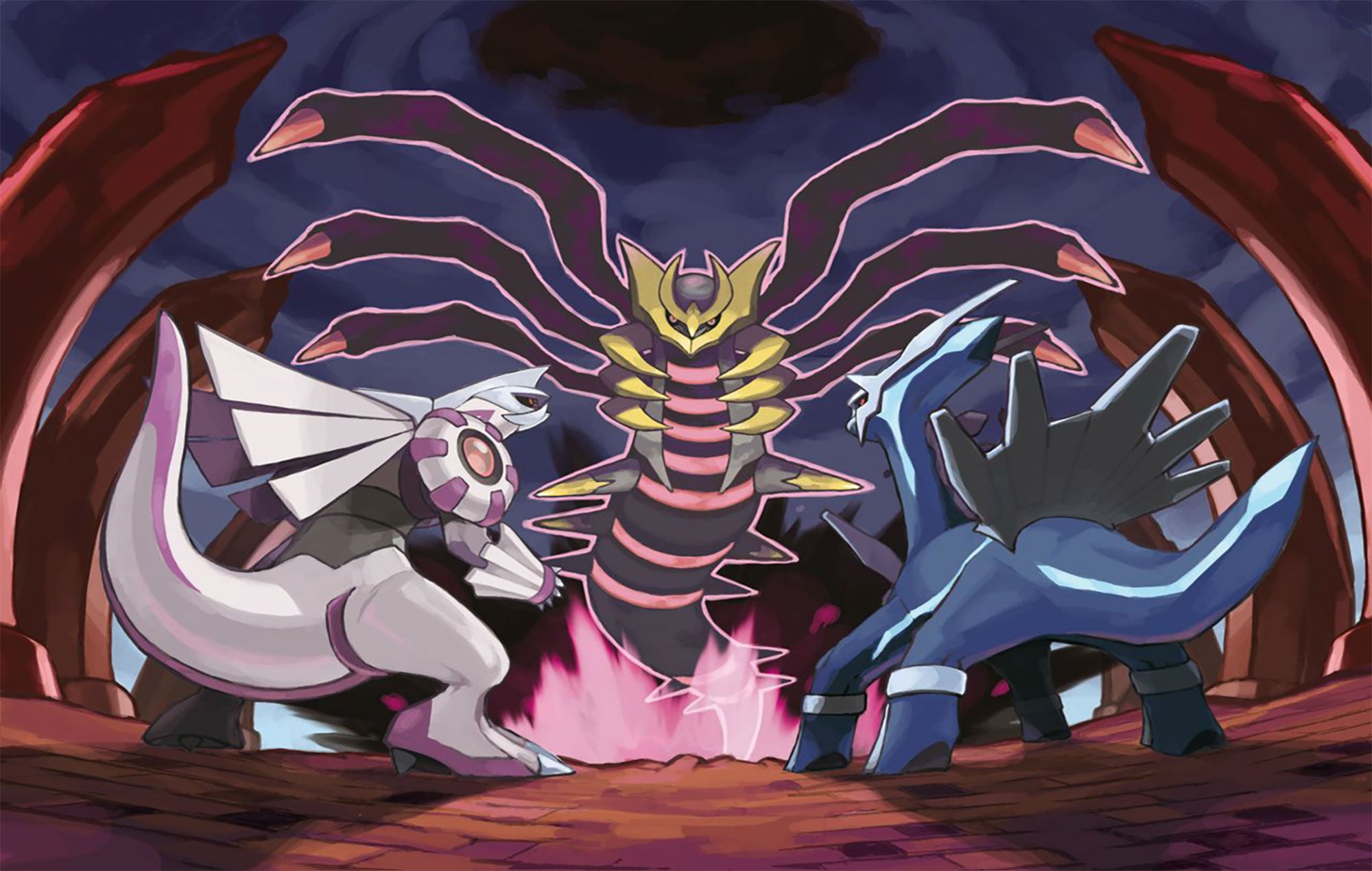
Generation IV is where Pokémon’s world began to really take shape. Sure, Ruby and Sapphire introduce the gods of the earth, sea, and sky, but Diamond and Pearl starts to answer questions of where this world came from. The Sinnoh region is the origin point of the Pokémon universe, and the concepts it introduces make the world feel more vast and unknowable than it had at the time. These ideas are expanded upon in Platinum, which establishes further truths about how the Pokémon world came to be. Diamond and Pearl are the mythology sickos’ Pokemon games, but from a gameplay standpoint, they also offer some of the series’ most infamous challenges. Cynthia’s theme still sends chills up the spine of everyone who hears it as they recount what it was like to face her iconic team and Garchomp ace. Whether you’re here to learn more about the Pokémon world or tackle some of the most challenging fights the series has to offer, Diamond and Pearl are mainstays in the Pokémon canon.
Pokémon Legends: Arceus
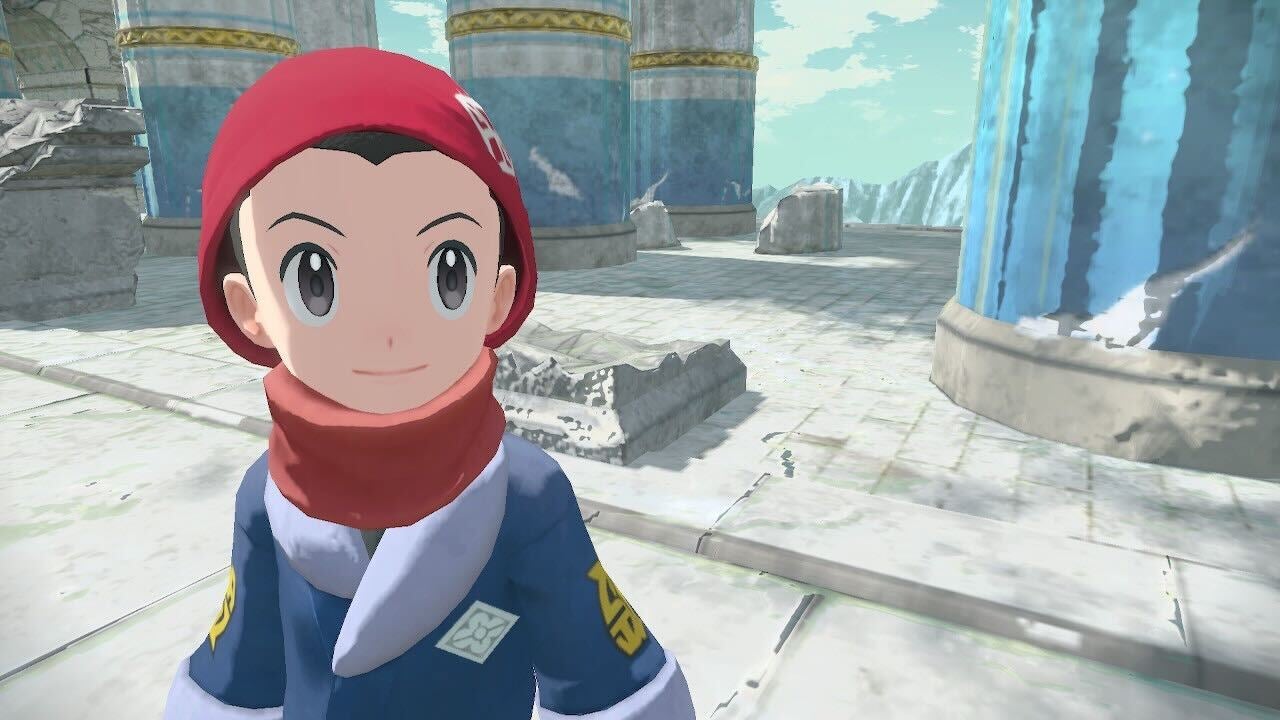
For some, Pokémon Legends: Arceus might feel like an empty tech demo, but it also marks the most significant, refreshing leap forward the series has had in over a decade. Its open-world structure isn’t as seamless as Scarlet and Violet, but it’s more fluid, frictionless, and frightening to explore. Legends: Arceus uses its historic setting to free itself from the shackles of the series’ usual competitive sport, allowing both it and the player to explore new stories, mechanics, and structures. Its traversal feels incredible, its action-oriented systems feel like they remove rigid restrictions that once were part and parcel ofthe Pokémon franchise, and without the Pokémon League to get in the way, it explores the origins of the universe unbound by the series’ usual composition.
It is what I, and many other lore-driven fans, wanted out of Diamond and Pearl, and frankly, from the series for a long time. Its maps may not be as lively as other open-world games, but thanks to the stories it tells and the connections it allows you to create as a trainer surviving alongside their Pokémon, Pokémon Legends: Arceus is the most alive the franchise has felt in quite some time.
Pokémon FireRed and LeafGreen
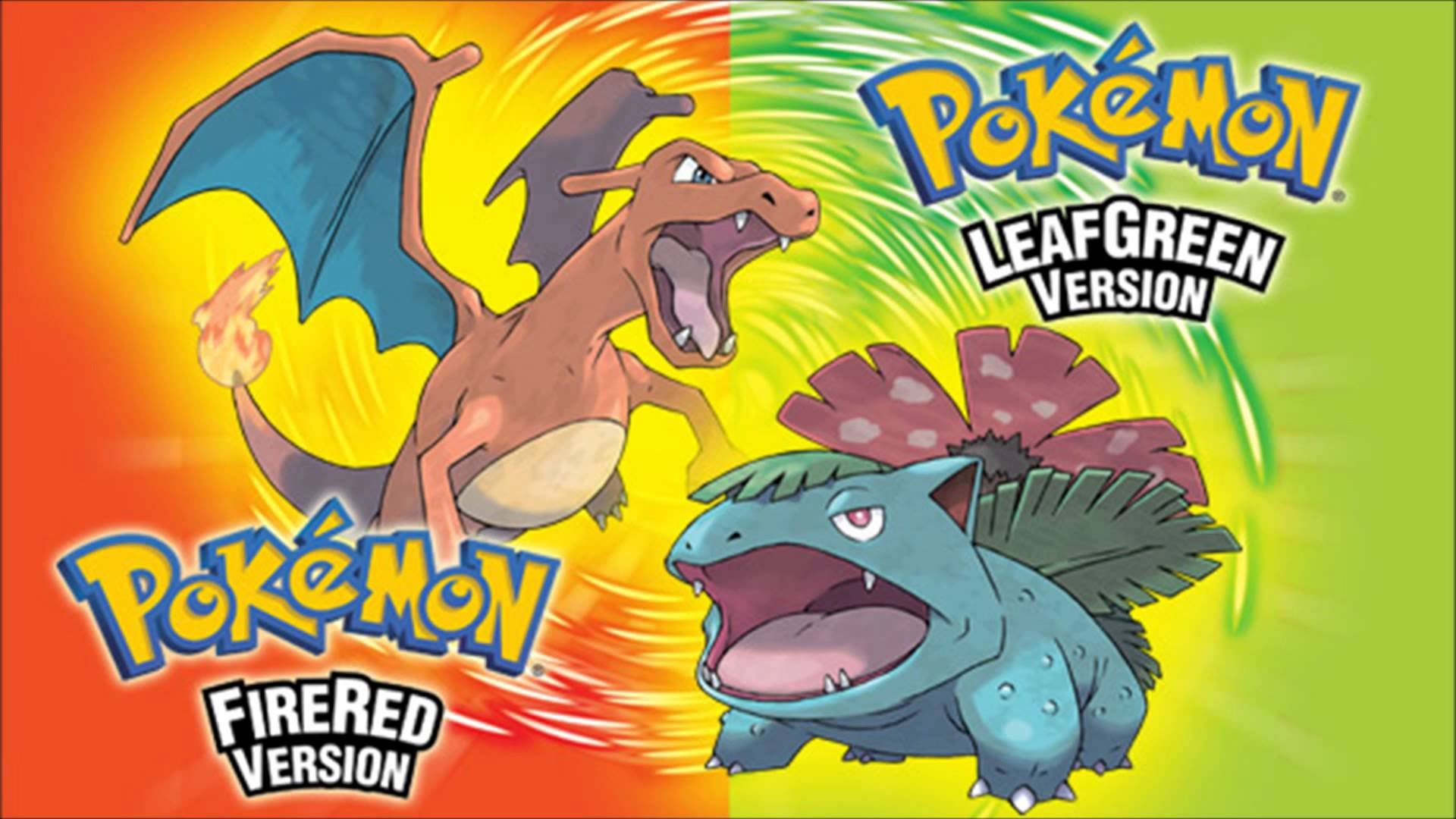
While the original Generation I games set the stage for what would come, their Generation III remakes are the definitive place to play through that original journey. FireRed and LeafGreen bring players back to the region of Kanto to re-experience the first Pokémon journey. This was significant in 2004, because it was long before remakes became a staple of the franchise’s business model.
At the time, going back to Kanto in the remakes felt like such a drastic refresh that it was like seeing that setting as you’d imagined it at a younger age. On top of the visual update, FireRed and LeafGreen give the games a contemporary overhaul by adding quality of life changes like the run button, including modern mechanics like breeding, abilities, and cross-gen trading, and swaths of new content to really fill out the package. It is, to this day, the best way to travel through the original Kanto region. It might not have that same classic nostalgia tied to it the way Red and Blue does or have the novelty of Let’s Go Pikachu and Let’s Go Eevee, but it is the definitive Kanto game.
Pokémon HeartGold and SoulSilver
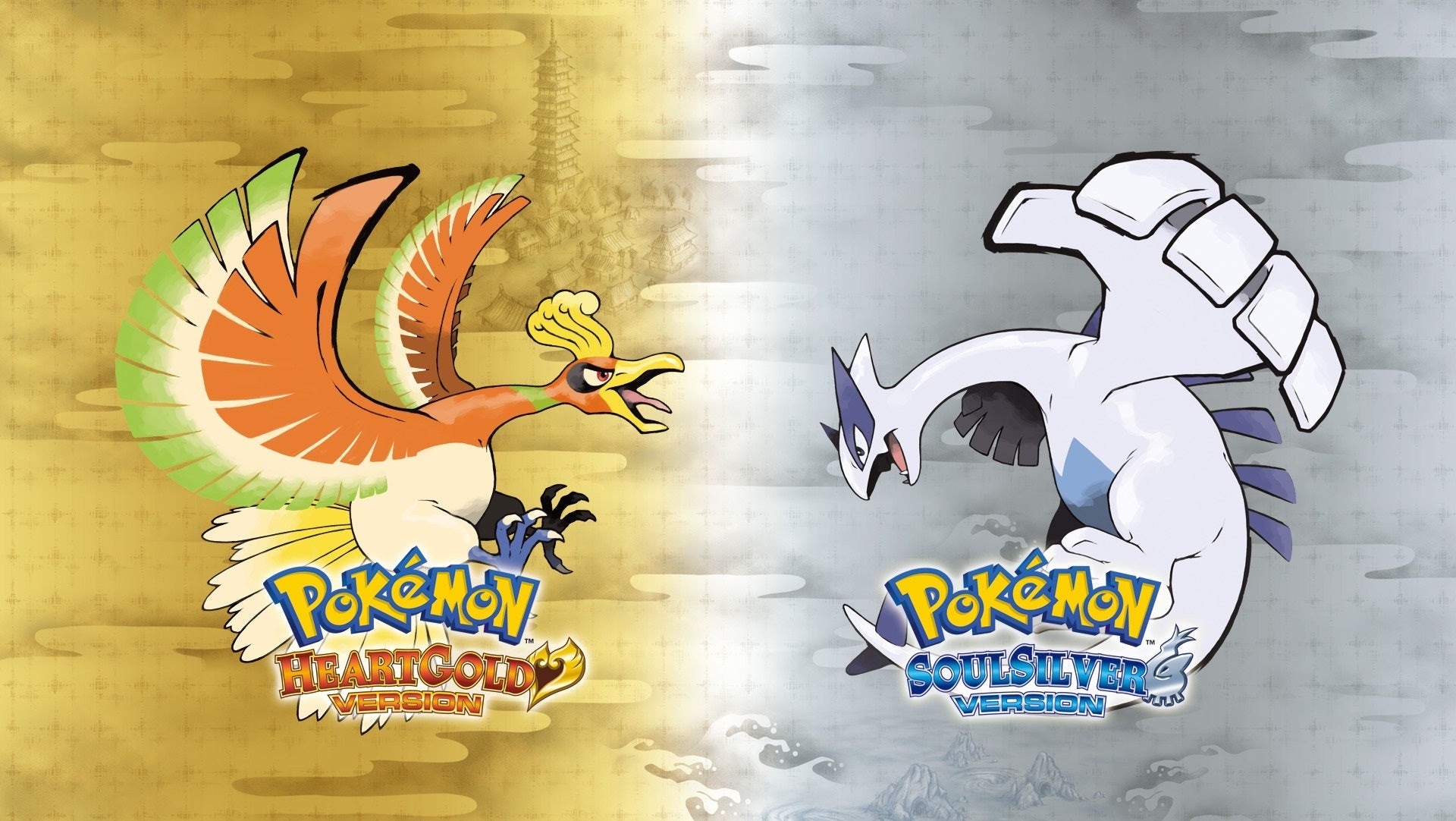
All those things I just said about FireRed and LeafGreen apply to HeartGold and SoulSilver, the remakes of Gold and Silver that launched on the DS. If you’re building off one of the most ambitious games Pokémon has ever had but with better tech and design, you’re bound to come up with a marquee Pokémon game. HeartGold and SoulSilver stand the test of time by polishing what was already one of the series’ most impressive feats. They take everything the original Gold and Silver aspired to and wipe away the dust, allowing them to shine beyond so many other Pokémon games over a decade later. While Scarlet and Violet and Legends: Arceus have been taking the series in new, exciting directions, HeartGold and SoulSilver feels like the perfection of what came before it. In retrospect, it makes sense that the games that followed all seemed to be, in one way or another, trying to carve a new path for the series, because when you’ve finally nailed what you set out to do initially, the only place to go is somewhere new.
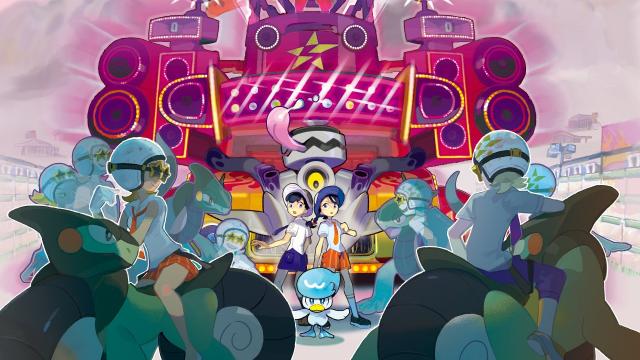
Leave a Reply